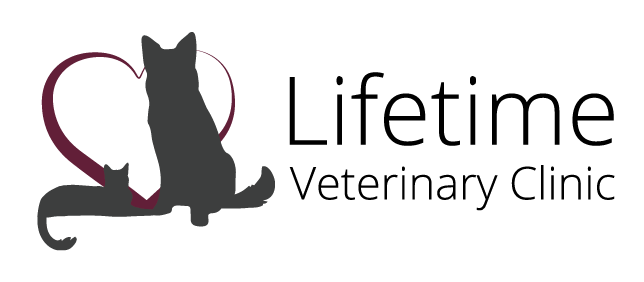Library
-
Treats are a wonderful way to provide positive reinforcement to your cat during a training session. Choose low-calorie foods such as green beans, zucchini squash, and watermelon. Avoid foods that are potentially harmful, such as chocolate, garlic, onions, raisins, grapes, macadamia nuts, and products that have xylitol. Limit high-calorie treats and keep treats within 10% of your cat's daily calorie intake. Keeping training sessions short and engaging while providing appropriate foods as treats can be a wonderful way to strengthen the human-animal bond.
-
Pets readily learn to engage in appropriate, desired behaviors through positive reinforcement methods. Reward-based training improves communication and provides enrichment for pets and people alike.
-
Cats will always lick, but it is sometimes embarrassing when they lick their private parts. Licking after eliminating is normal; however, if your cat licks more frequently, or you notice other signs such as discharge; swollen or red penis, vulva, or anus; pustules; discoloration of the skin; or if your cat strains to urinate, see your veterinarian for help. Appropriate medical therapy can reduce your cat's discomfort.
-
A cat's ability to smell is far more advanced than ours. Cats use their keen sense of smell, along with a visual assessment, to provide vital information about a new feline acquaintance. The way cats sniff rear ends can establish which of two cats is dominant and set the foundation of their relationship.
-
Cat ancestors turned around before bedtime for their health or protection. These innate habits remain to this day, but if your cat seems to be doing it excessively, it could be a sign of underlying medical problems, such as arthritis or neurological disorders. Contact your veterinarian if your cat appears to have difficulty settling down.
-
But whiskers are more than just facial enhancements. They serve an important function. Whiskers are finely tuned sensory equipment that guide a cat through daily functions. These specialized hairs aid vision and help a cat navigate the environment, providing additional sensory input, much like antennae on insects.
-
Punishment is not recommended as a training or behavior management tool for pets. It can cause fear, frustration, and even aggression. Using punishment can seriously damage a pet’s relationship with people. Training should focus on teaching desirable behaviors rather than on simply stopping undesirable ones. When pets exhibit undesirable behaviors, it is important to determine and address the underlying reason for the behavior.

